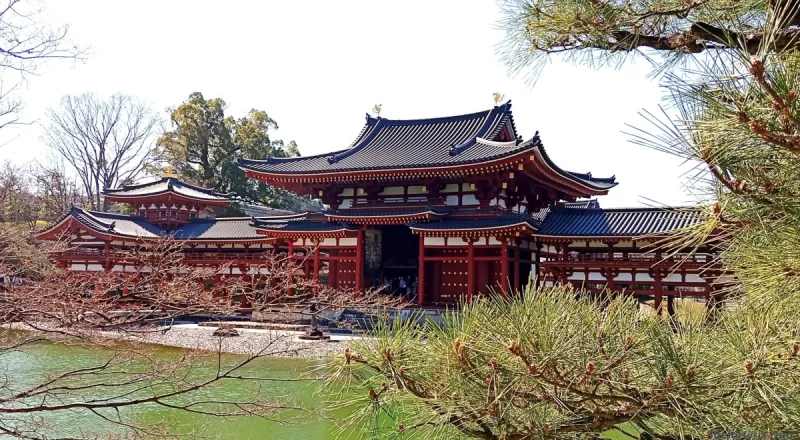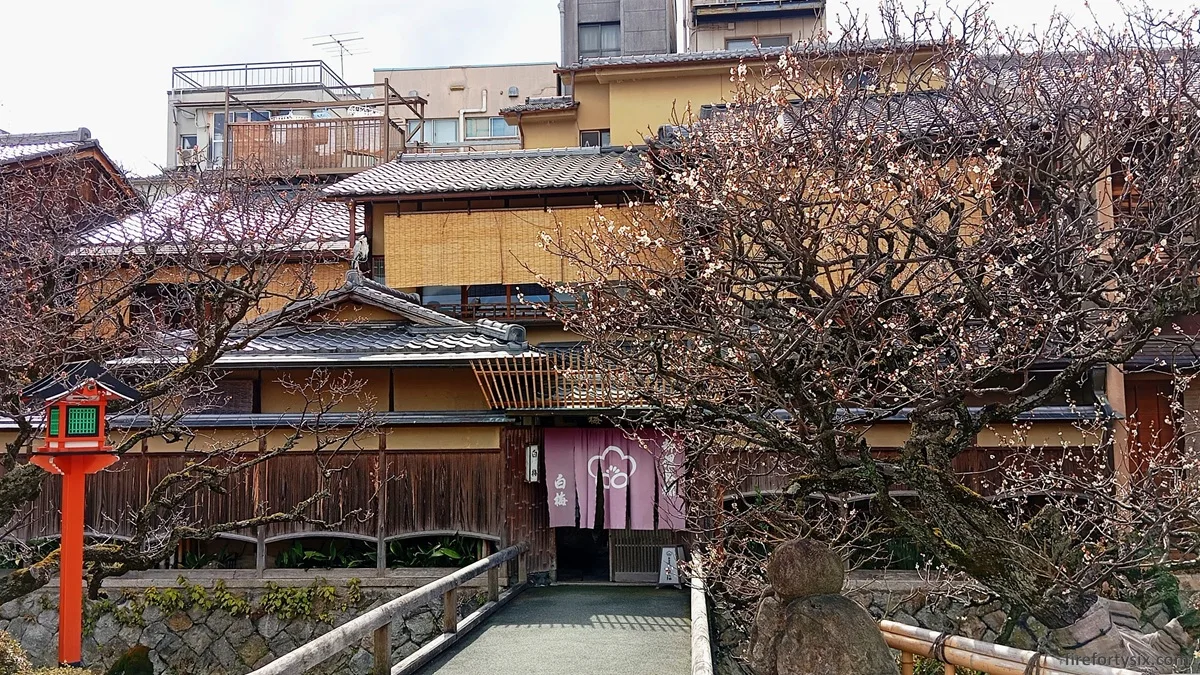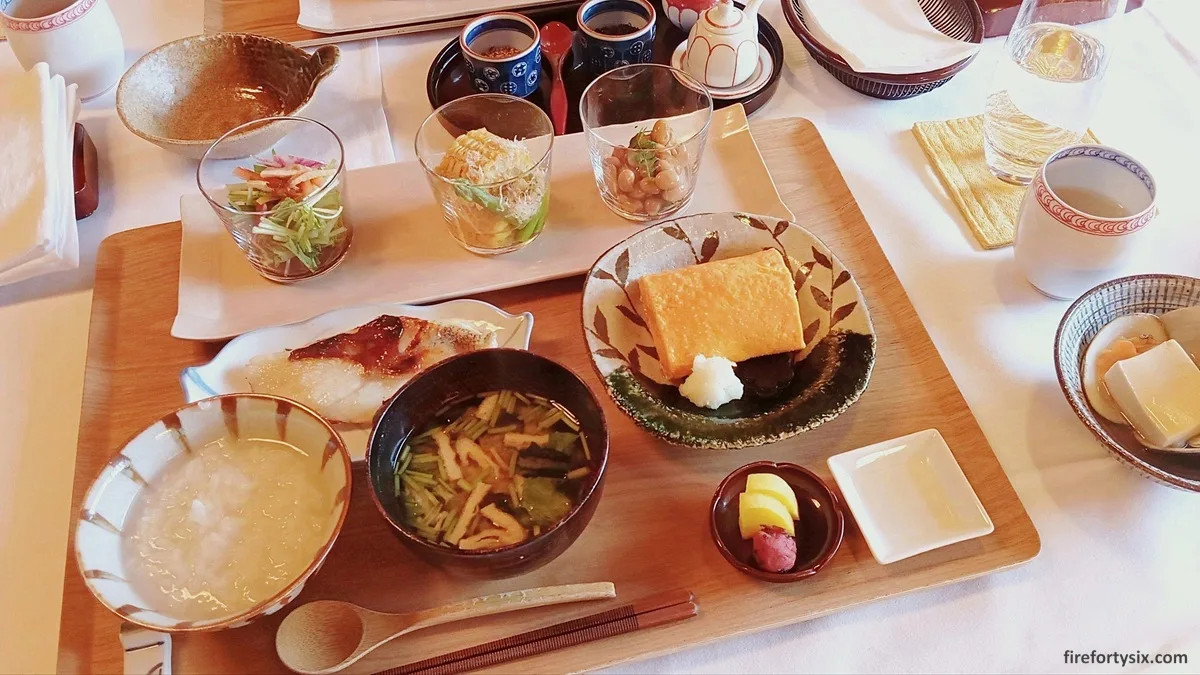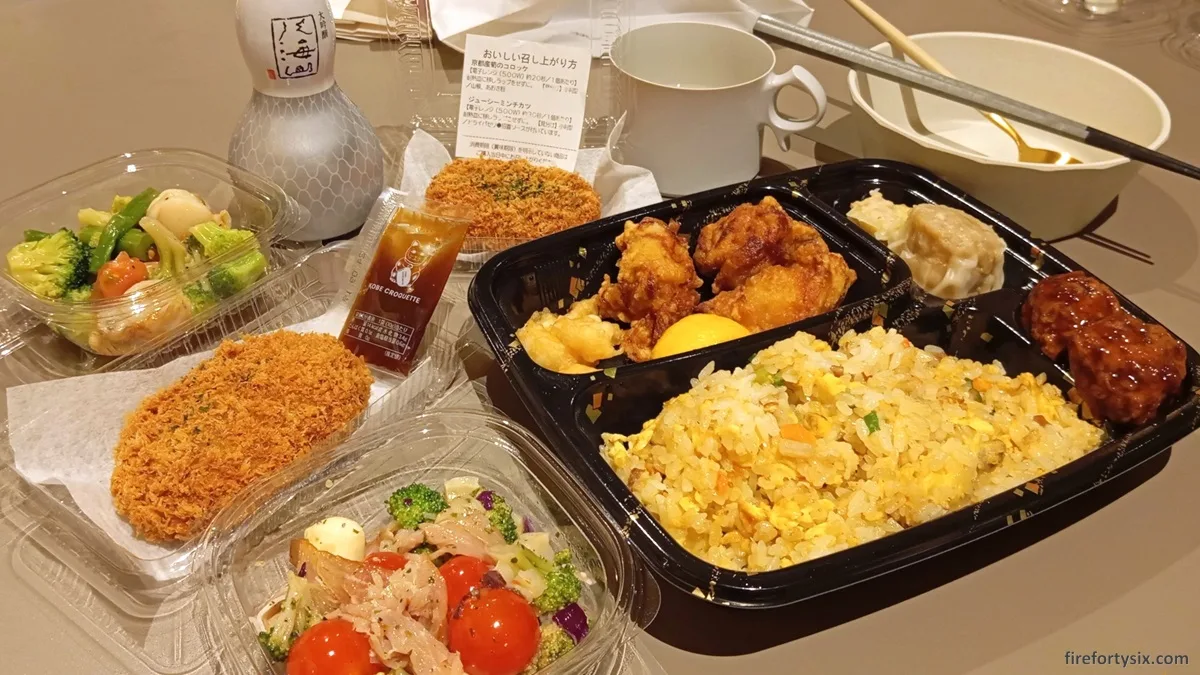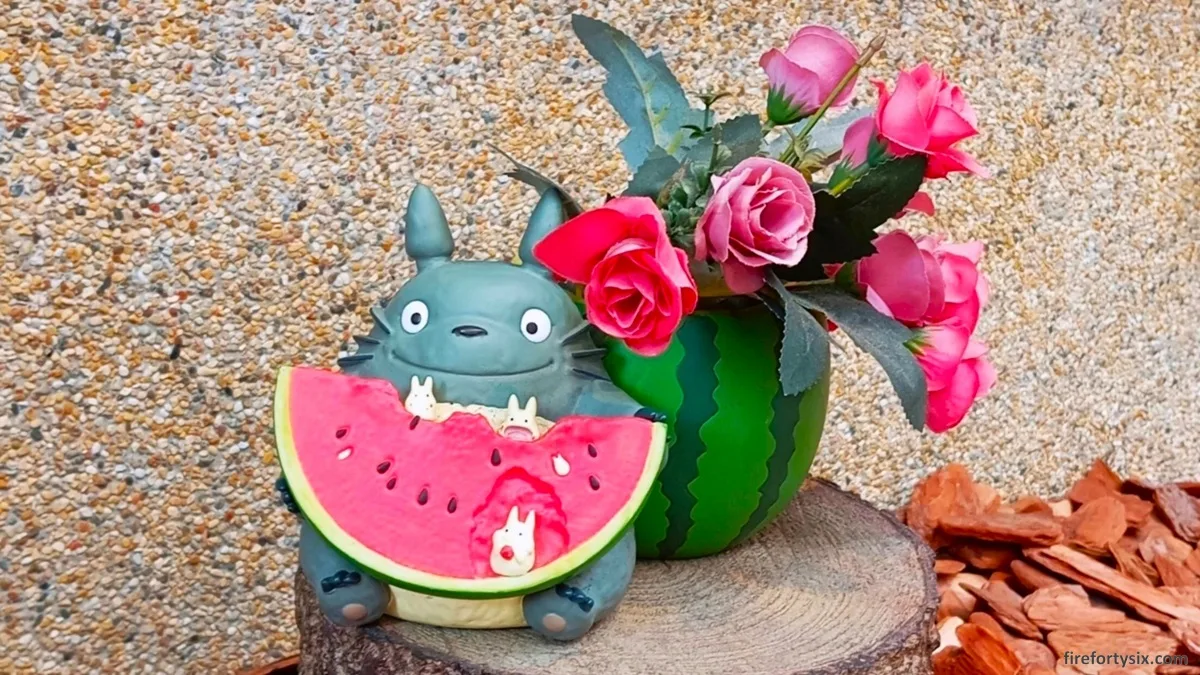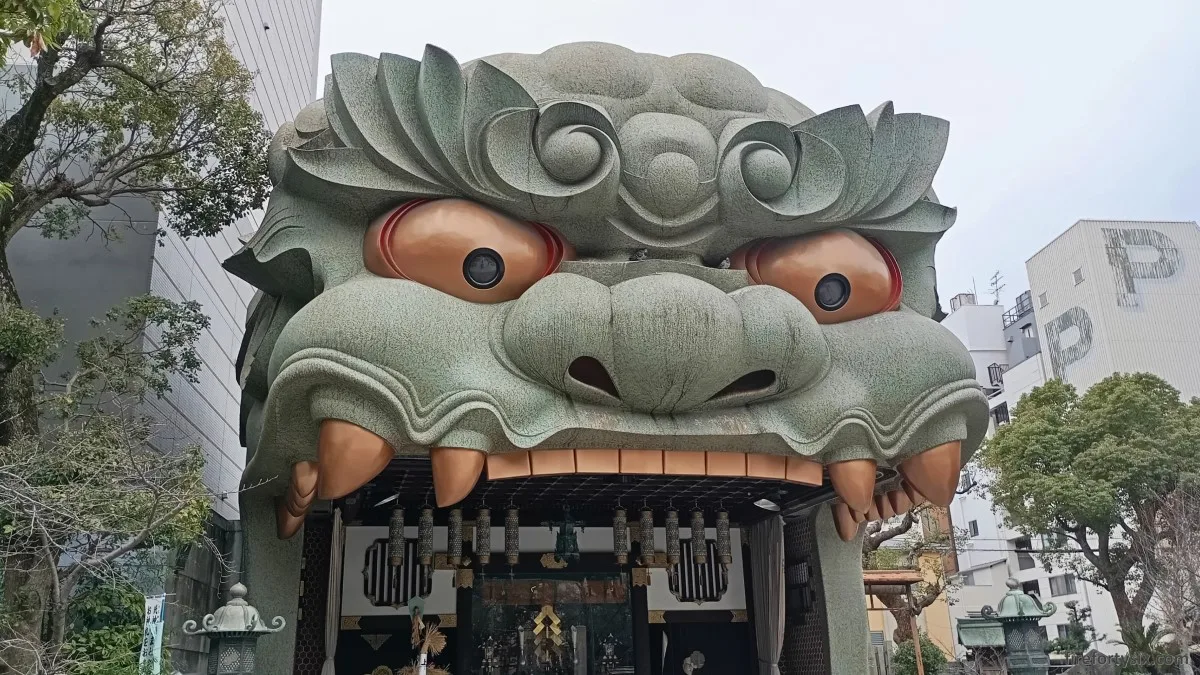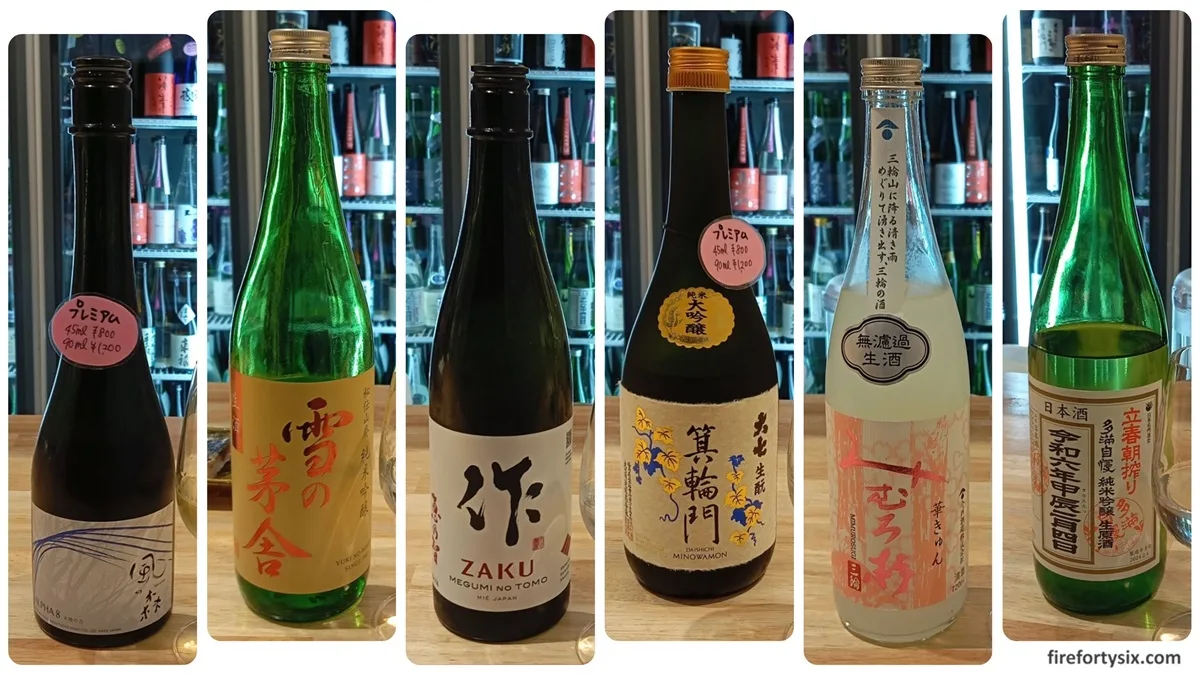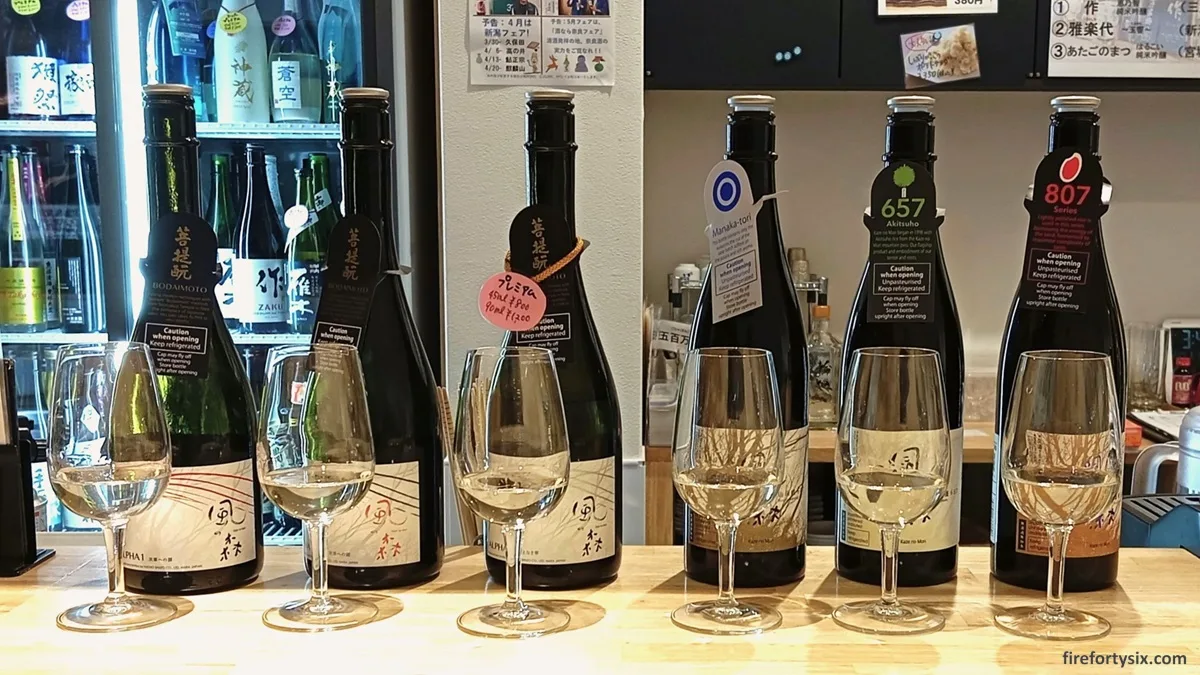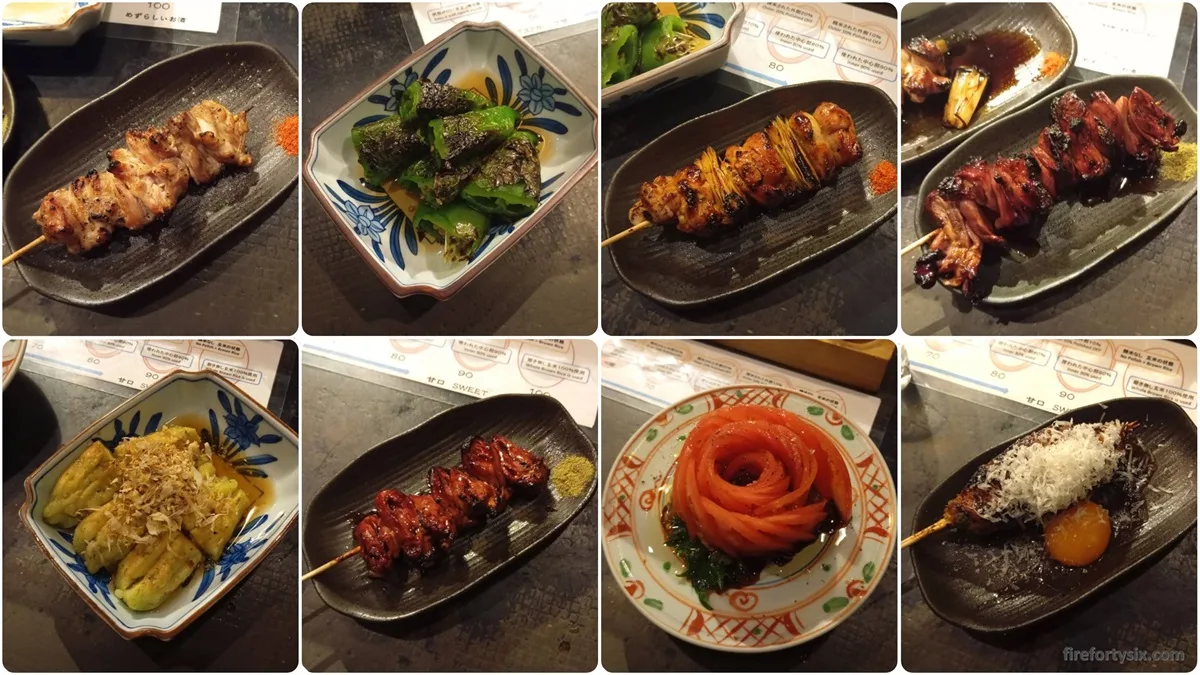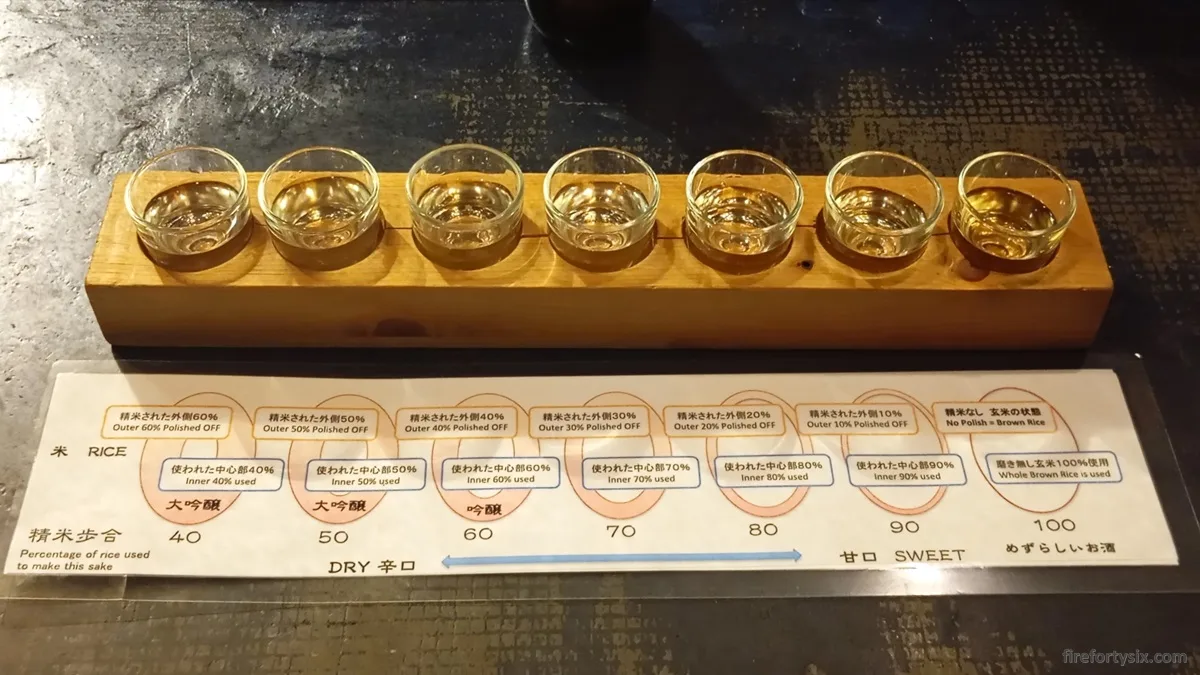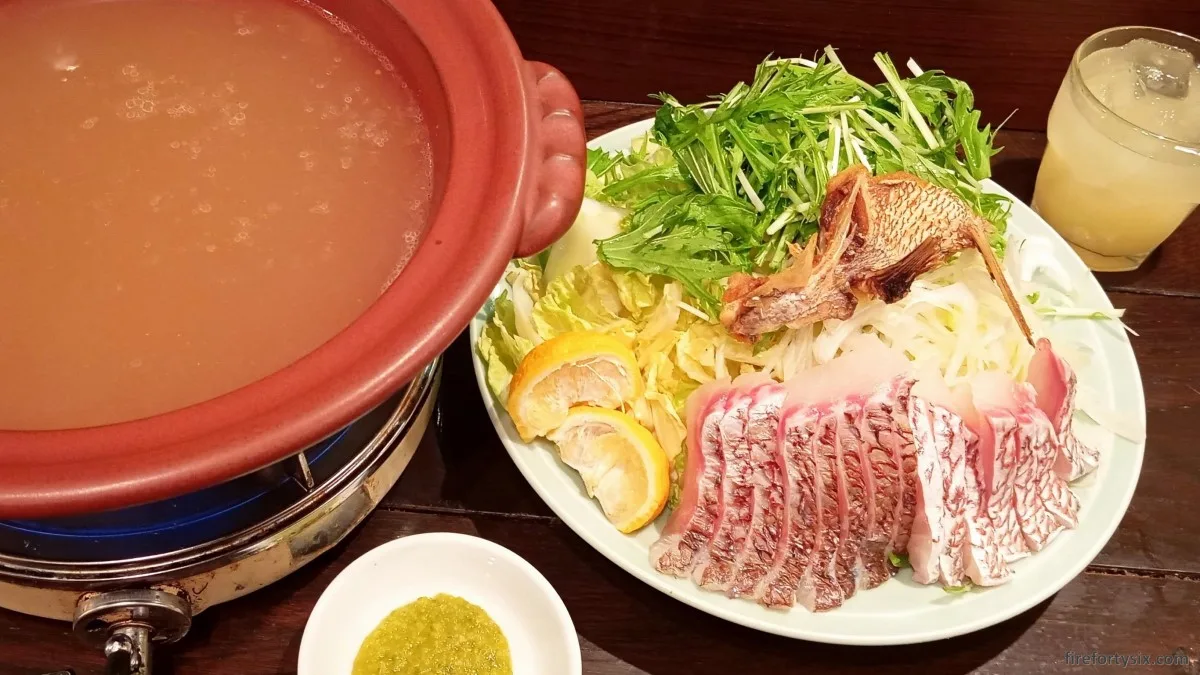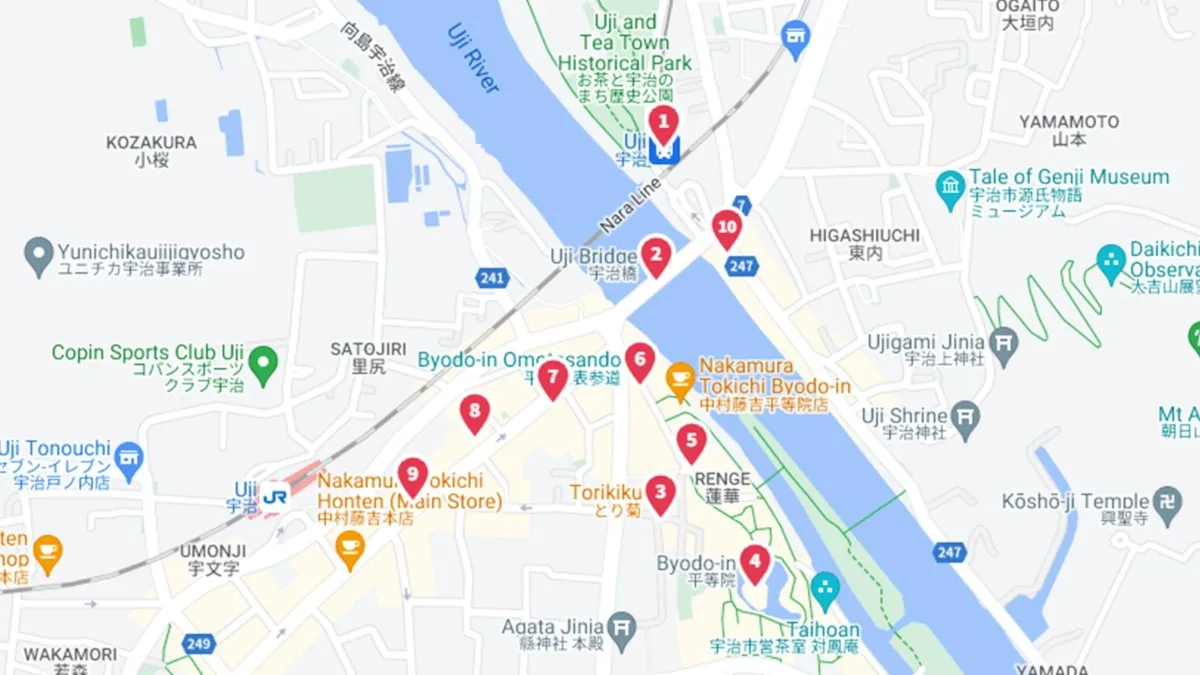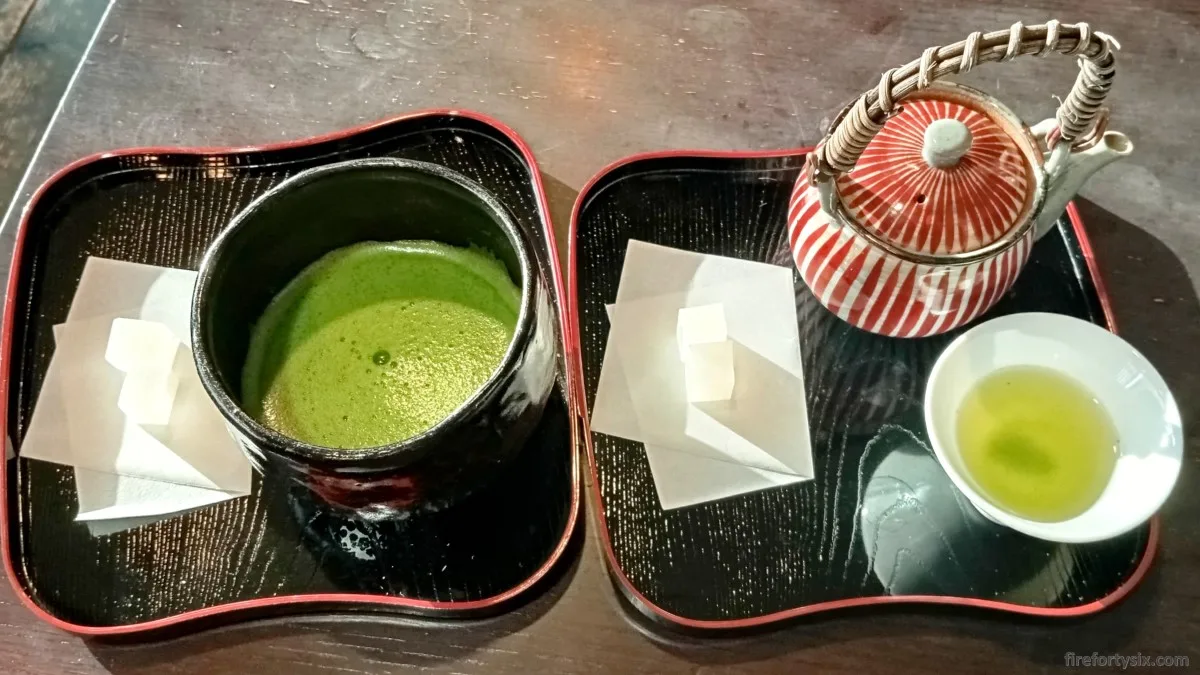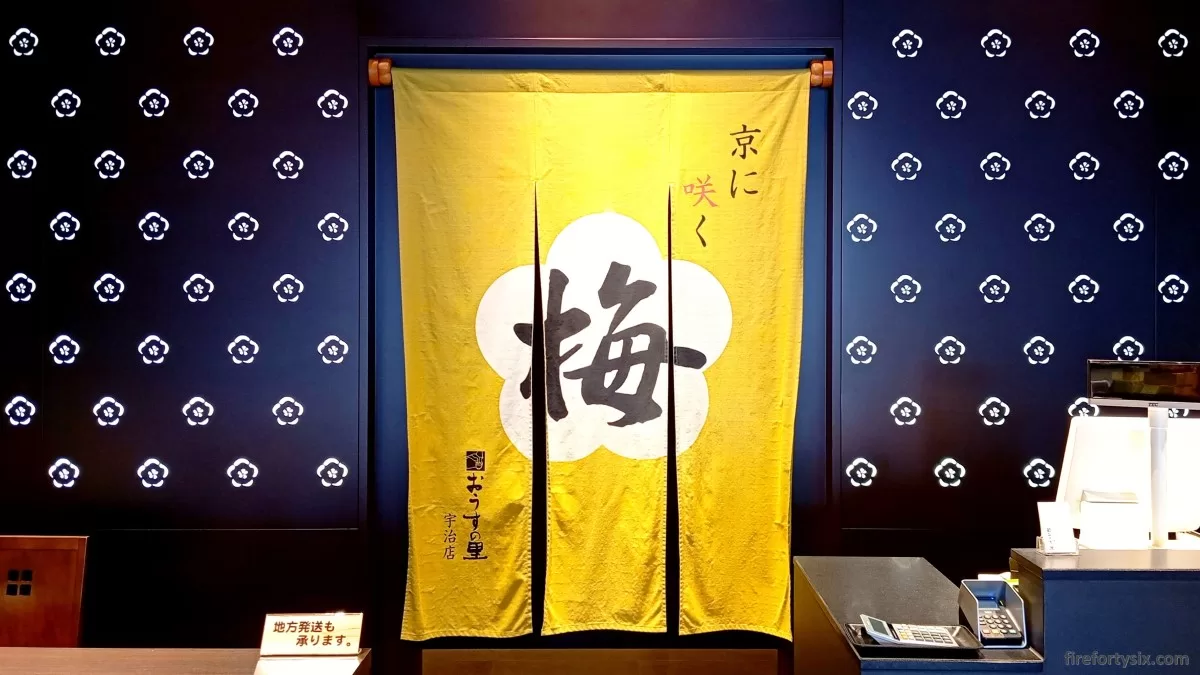There are two main reasons why tourists visit the city of Uji in Kyoto prefecture.
When you think about Uji, matcha is usually the first thing that comes to mind. Teahouses with histories that span more than a century line the streets, including the world-famous Tsujiri (辻利).
The other key attraction of the city is Byōdō-in (平等院), the Buddhist “Temple of Equality” with more than 1,000 years of history.
That, in itself, makes it worth visiting. But that’s not why it draws so many visitors, year after year. Even if you’ve never heard of Byōdō-in, I can almost guarantee that you know what it looks like.
After your most recent trip to Japan, you must have returned home with many unused coins. Dig out one of the copper ¥10 coins, flip to the “heads” side and you’ll see the Phoenix Hall of Byōdō-in.
Even in miniature, it looks impressive. So much so that I decided that it was worth making a day trip out from Kyoto to check it out IRL.
Yes, I know, it’s such a touristy thing to do. But hey, we’re tourists after all and tourists have to do touristy things.

At ¥700 per adult, the entrance fee is reasonable. It includes free run of the temple grounds, as well as admission into the Hoshokan Museum.
Viewing the Phoenix Hall from across its moat is free, but an additional ¥300 is required to actually step inside. Even then, access is only open every 20 minutes and restricted to 50 people at a time.
Based on the queue that had formed at the connecting bridge, it was a popular choice though we decided to pass and enjoy it from afar.

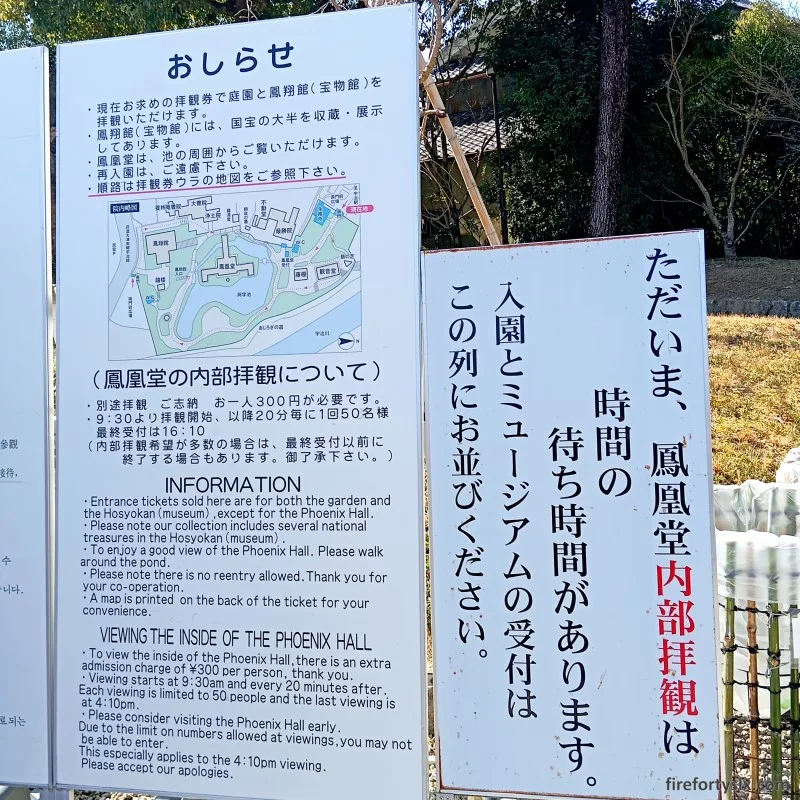
Like everyone there, the first thing we did was to take an obligatory photo of the ¥10 coin right in front of the Phoenix Hall.
The Wife tried to get a shot with both coin and temple in focus, but that proved to be impossible. So she did the next best thing and took two separate photos which I managed to stitch together.
Move the slider to compare the miniature 2D vs full-sized 3D versions. The end result is quite nice, even if I do say so myself.


With our main mission accomplished, and since we had plenty of time to spare, we decided to take a leisurely stroll in the temple grounds.
It wasn’t a large compound, and the entire place could be comfortably covered on foot within a couple of hours.
To ensure smooth traffic flow, it was recommended that visitors proceed clockwise, following the suggested path on the map.
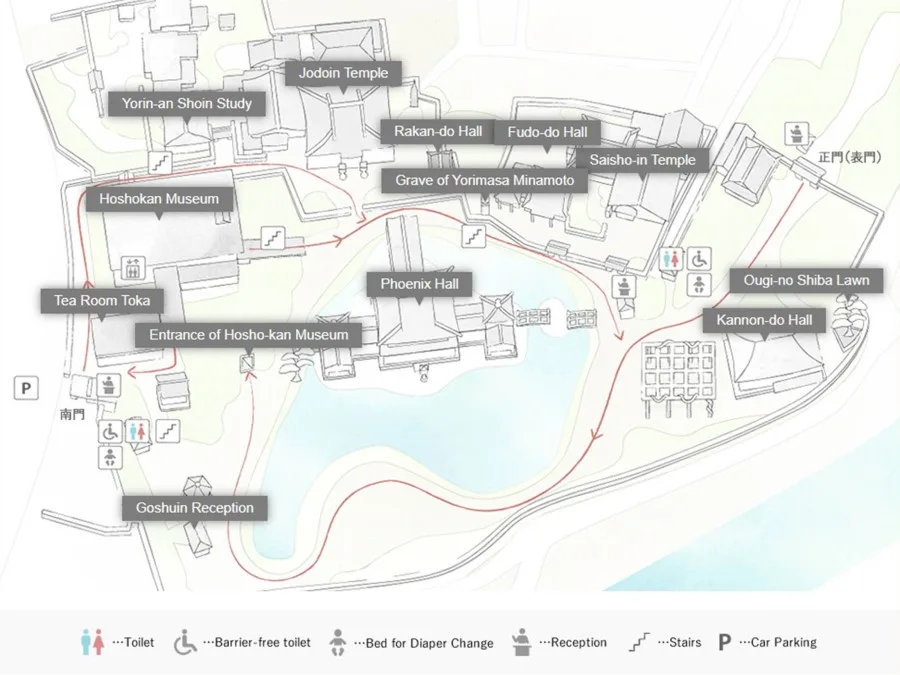
One thing that struck me was how many tall trees there were.
Like this pine tree that looked uncannily like a mini bonsai plant. Except that it was easily 20 metres tall and probably a century old.
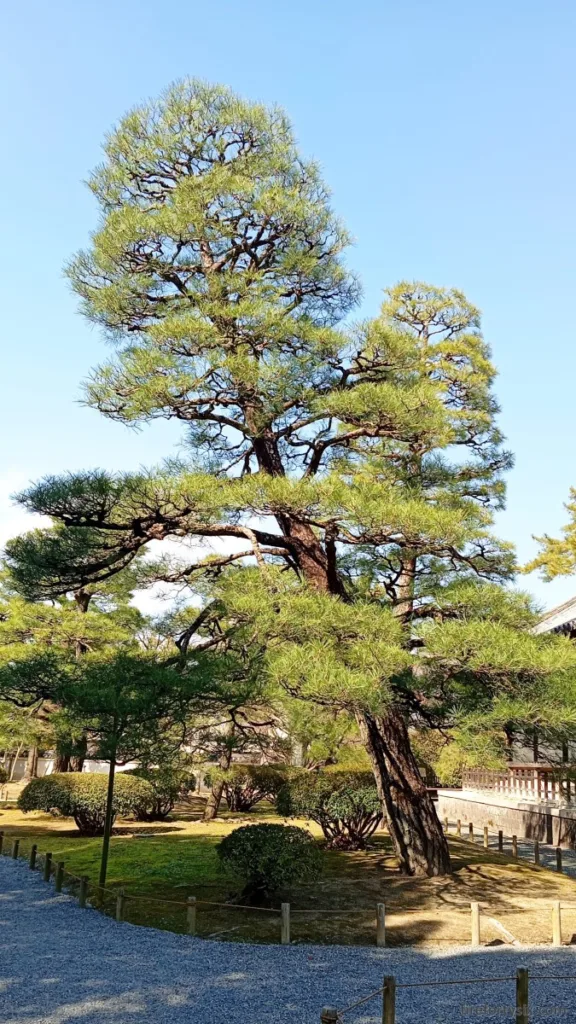
Here’s another one for scale, standing stoically in front of the Phoenix Hall like a gentle giant, swaying softly in the breeze.
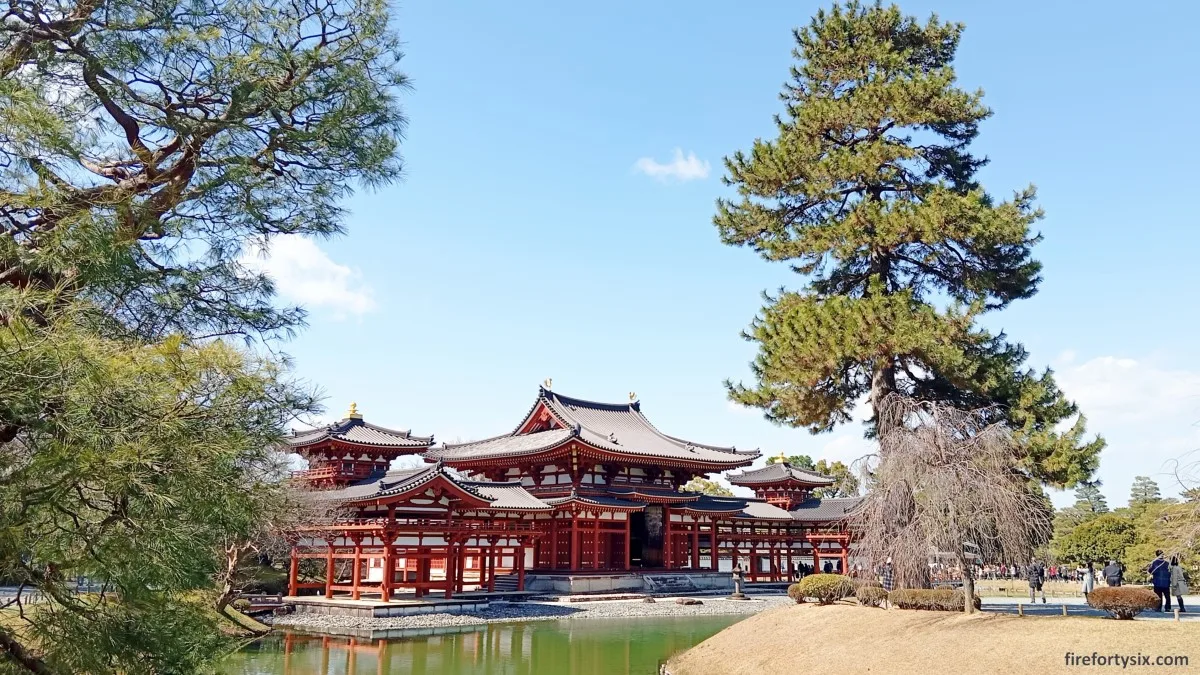
We walked past a small pavilion and noticed a long queue of people just behind it. Being typical Singaporeans, we couldn’t resist joining in first and then figuring out what it was for.
It turned out to be for a Goshuin (御朱印), or red stamp of the temple, accompanied by fancy calligraphy. Many visitors go to various temples and shrines all around the country just to collect them.
The Byōdō-in one cost ¥300 each, but could only be stamped in a notebook specifically used for goshuins. If you didn’t already have it ready, you could buy one for ¥1,500.

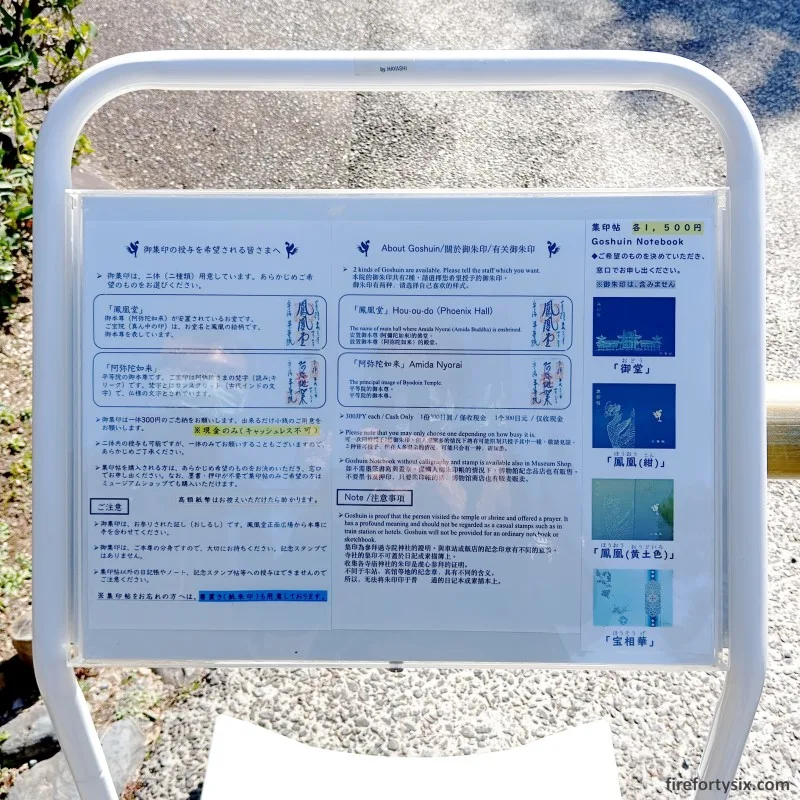
I was already on a quest to drink sake from all 47 prefectures of Japan, and didn’t want to embark on another epic adventure and so we wisely left the queue.
The Wife noticed a large bell up a flight of stairs and sprinted up to take a closer look. I wasn’t curious enough to strain my aged knees, and chose to wait it out downstairs.
Even though it appeared to be perfectly functional, there was a sign in both Japanese and English that said: “Please do not ring the bell”.
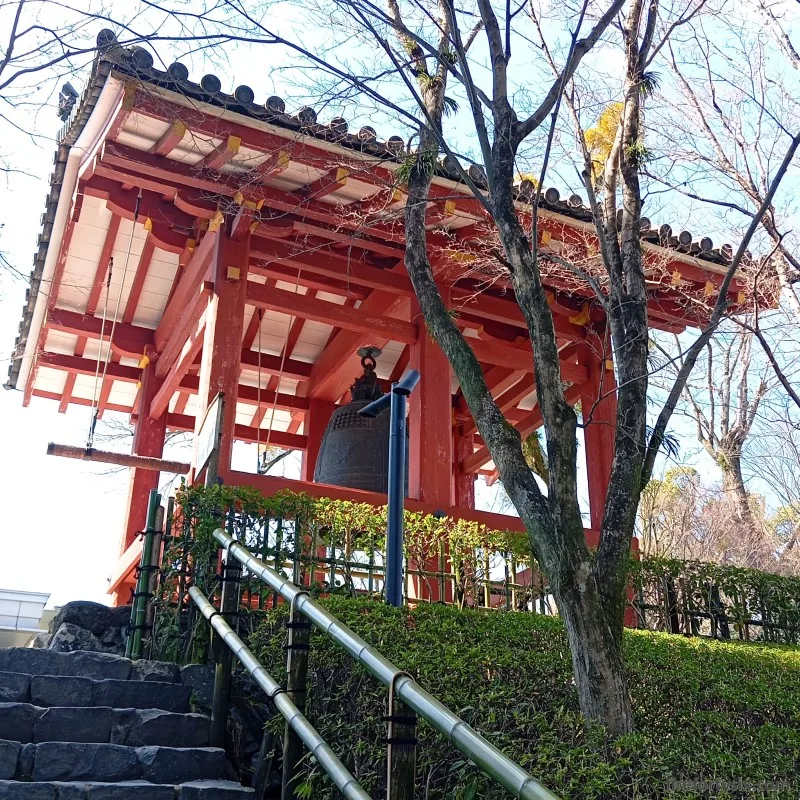
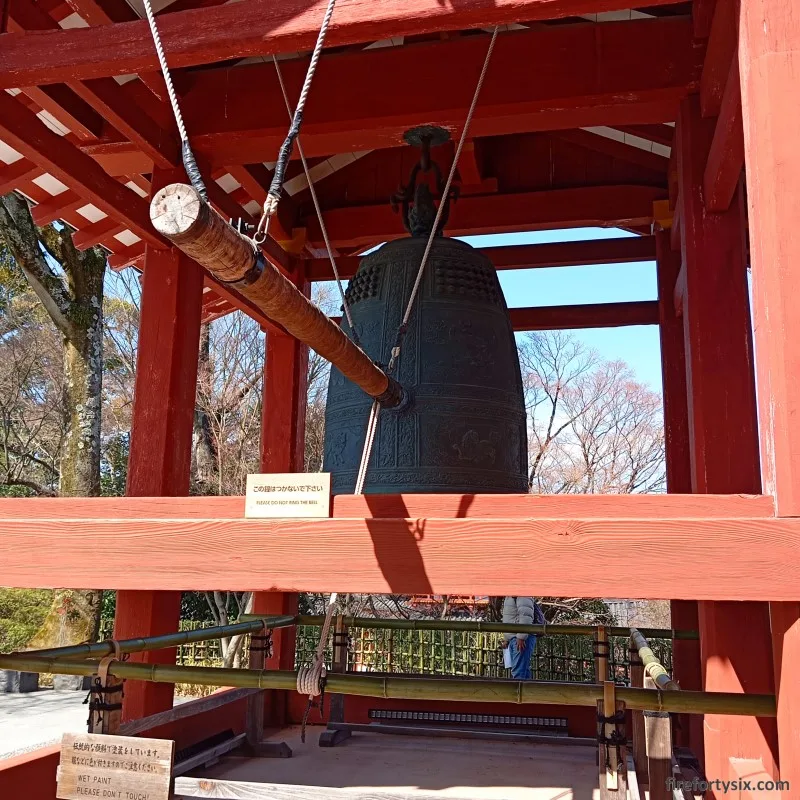
I’m quite sure some people must have been sorely tempted to give it a go anyway, but we didn’t hear it go off throughout our entire visit.
Since our entrance fee included a ticket to the Hoshokan Museum (鳳翔館), we went with the flow and walked down the corridor that led to its entrance.
Photography was not allowed inside the museum, so this was the very last shot that we took before heading in. Very demure, very mindful.
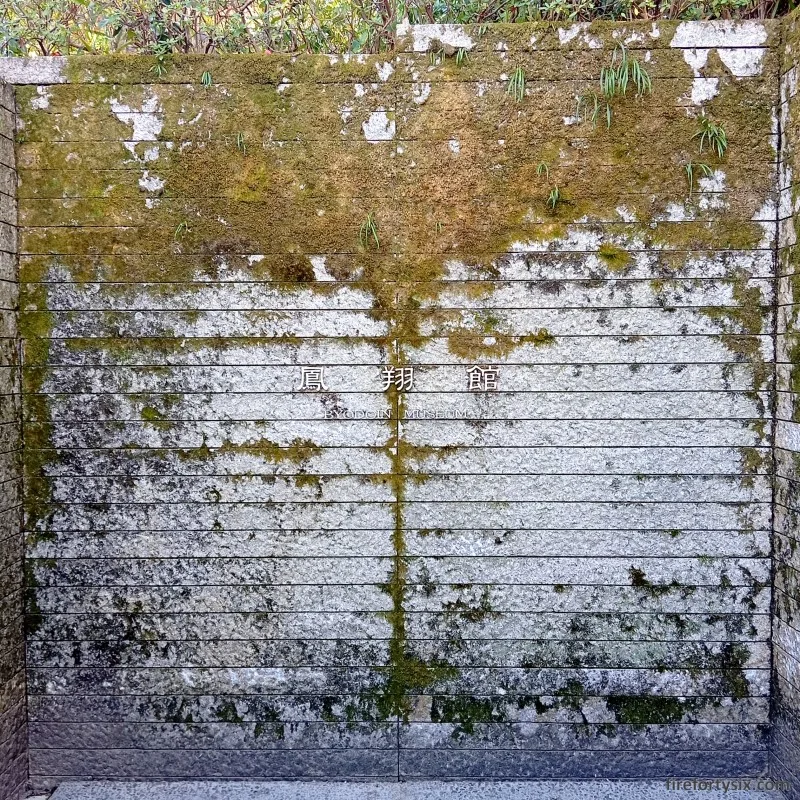
To be honest, I wasn’t expecting much. I entered the museum indifferent, but exited it in awe. The exhibits, in particular the numerous sculptures, were beautiful and majestic.
Many of them were designated as national treasures, including the 52 “Praying Bodhisattva on Clouds (雲中供養菩薩像)” wood sculptures and pair of “Phoenix (鳳凰)” bronze castings that impressed me the most.
Unfortunately, I couldn’t take any photos as souvenirs, and will have to settle for those published on the official website. If you’re ever visiting Byōdō-in, the Hoshokan Museum is not to be missed.
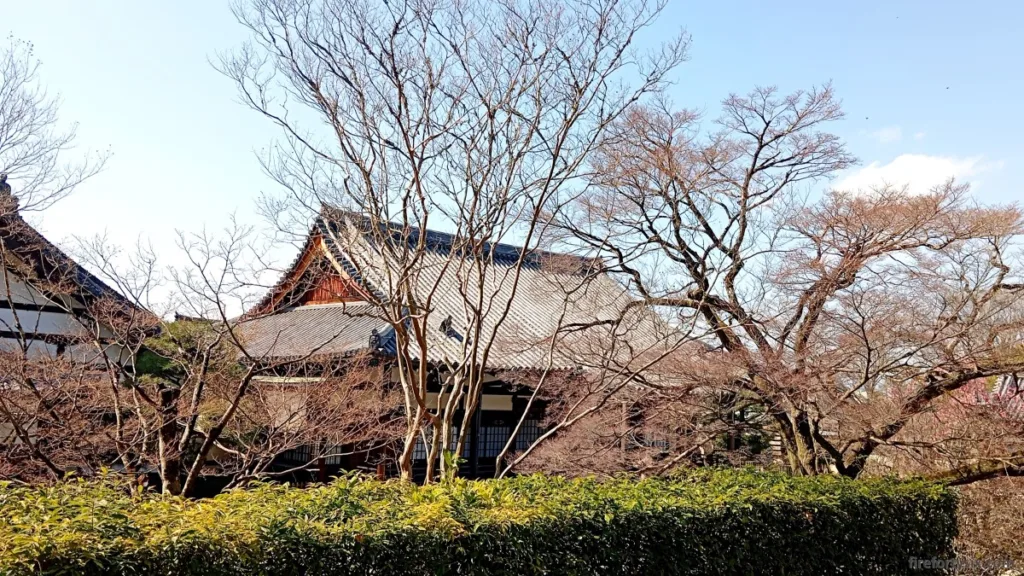
We spent time at the museum shop and bought some keepsakes. Of all the places we were at so far, it was by far the most crowded, proof of the power of merch.
After exiting the museum, we continued on our slow exploration of the temple grounds, taking lots of photos of the traditional buildings along the way.
The Wife was also quite captivated by the multitude of trees and flowers. It wasn’t quite cherry blossom season yet, but some were already starting to bud.

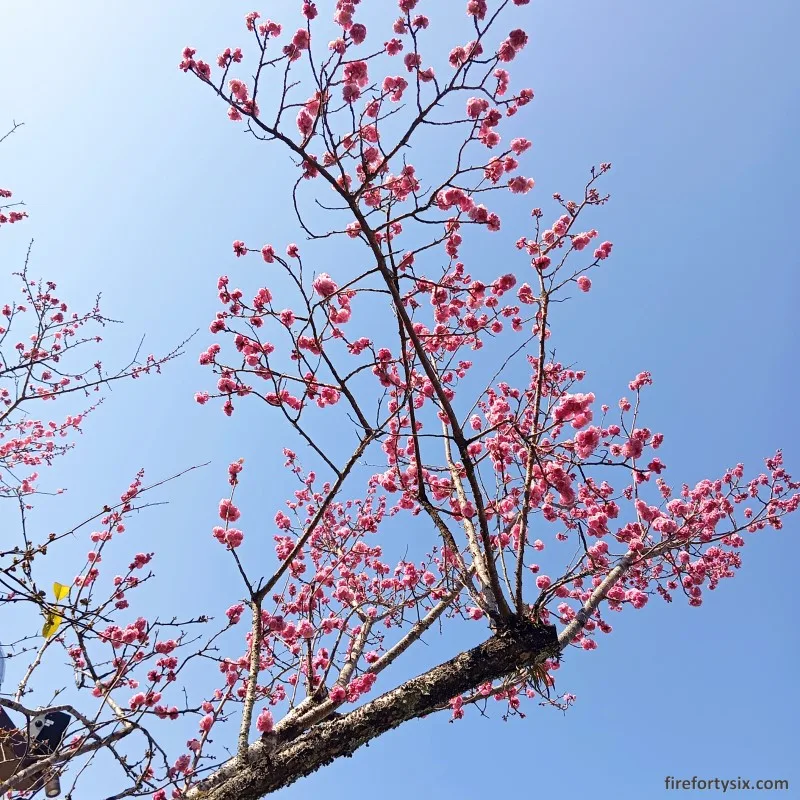


As we completed a full circuit and started walking towards the exit (also the entrance), we walked past a huge trellis filled with overhanging vines.
After some Googling, I found out that they were purple wisteria plants. From the middle of April to early May, their long clusters of flowers are said to resemble a purple waterfall.
It was a pity that we were there in early March, while they were still hibernating. Photos online showed how pretty they would have looked, if we had been there during the right season.

From start to finish, our peaceful stroll in the Byōdō-in temple grounds took around two hours. It was a great way to walk off the simple but satisfying matcha soba that we had at nearby Torikiku.
Helping us free up valuable stomach space for the next part of our Uji excursion — consuming as much matcha as possible! After all, we were in the mecca of matcha.
